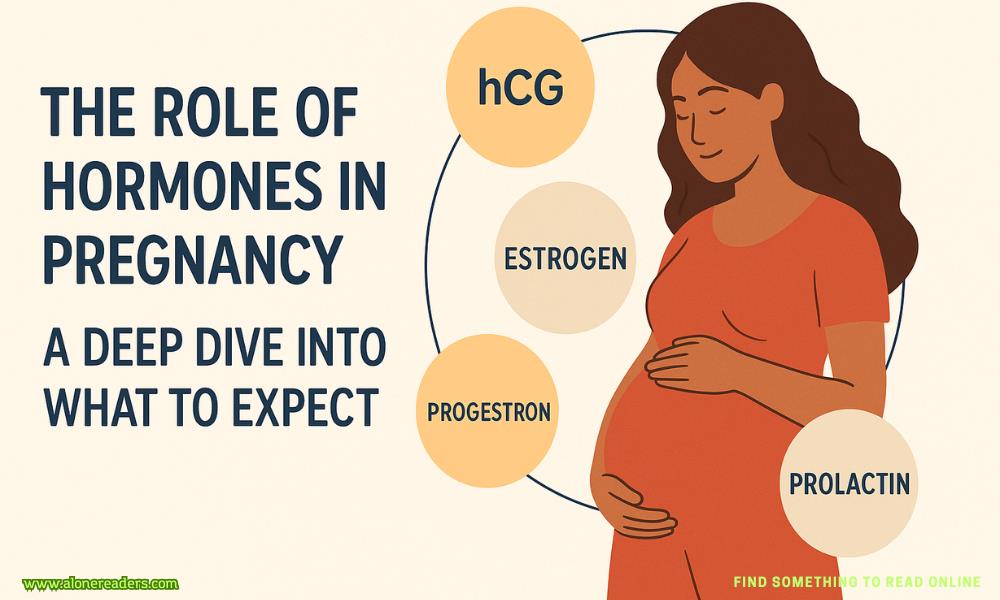
Pregnancy is not merely a physical journey—it’s a complex hormonal symphony that orchestrates the development of new life. From the moment of conception until the postpartum phase, the body undergoes massive hormonal shifts. These hormones not only support fetal development but also regulate maternal physiology, immune tolerance, mood, and even behavior.
Understanding the specific roles of these hormones helps expectant mothers prepare for the physical and emotional changes they may experience. Let’s explore the most important hormones involved in pregnancy, their exact functions, and how they impact both the mother and the baby.
What is hCG?
Human chorionic gonadotropin is the hormone detected by pregnancy tests. It is produced by the trophoblast cells of the embryo shortly after implantation into the uterine wall.
Role and Timeline:
Impacts on the Mother:
Clinical Relevance:
What is progesterone?
Produced initially by the corpus luteum and later by the placenta, progesterone is essential for maintaining a healthy pregnancy.
Functions Throughout Pregnancy:
Impacts on the Mother:
Risks Associated with Low Progesterone:
What is estrogen?
Estrogen levels rise significantly during pregnancy, primarily produced by the placenta after the first trimester.
Key Functions:
Maternal Effects:
In Labor Preparation:
What is hPL?
Produced by the placenta, human placental lactogen plays a crucial role in maternal metabolism.
Key Roles:
Clinical Notes:
What is prolactin?
Secreted by the anterior pituitary gland, prolactin prepares the body for milk production.
During Pregnancy:
After Delivery:
Interesting Effect:
High levels may suppress ovulation and menstruation postpartum (lactational amenorrhea)
What is relaxin?
A hormone secreted by the corpus luteum and placenta, relaxin contributes to the musculoskeletal changes required for childbirth.
Functions:
Symptoms Related to Relaxin:
What is oxytocin?
Produced by the hypothalamus and released by the posterior pituitary, oxytocin is most well-known for its role during labor.
During Labor:
After Birth:
Psychological Effects:
What is cortisol?
Produced by the adrenal glands, cortisol levels rise during pregnancy, with input from both the mother and fetus.
In Fetal Development:
Maternal Effects:
Placental Role:
Produces corticotropin-releasing hormone (CRH) which stimulates cortisol release and may play a role in timing labor
Role in Pregnancy:
Implications:
Testing and Monitoring:
First Trimester:
Second Trimester:
Third Trimester:
Hormones are the hidden architects of pregnancy, governing everything from the initial implantation of the embryo to the final contractions of labor and the nurturing of a newborn. Each hormone serves specific, time-sensitive purposes to support both the mother and the growing baby. Understanding their precise roles allows mothers-to-be to better prepare for and navigate the journey of pregnancy with informed confidence.
By recognizing these shifts, healthcare providers can monitor maternal and fetal health more accurately, ensuring timely intervention if any imbalance arises. In essence, hormones are not just biochemical messengers—they are the invisible hands guiding the miracle of life.